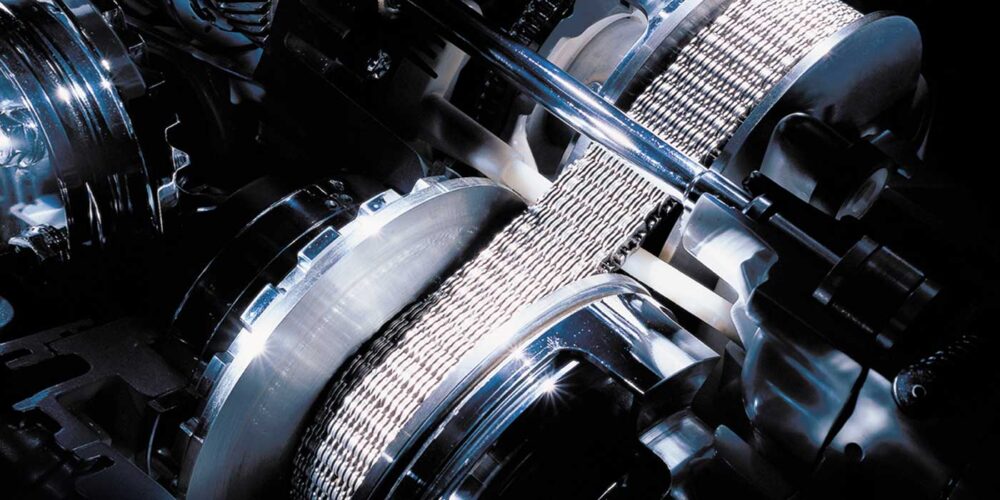In my experience, there is a fundamental lack of desire to service vehicles with Continuously Variable Transmissions (CVTs). They don’t have the best reputation, but CVT technology is vastly improving and there’s no sign of them going away anytime soon.
I ran into this recently at the OE dealership where my wife’s SUV with a CVT is normally serviced, and the waitlist was over a month long. Several calls to other shops and dealers later, I concluded there was reluctance to schedule an appointment when they heard it was a CVT. After a bit of questioning, it dawned on me they were unfamiliar with the CVT transmissions and not willing to perform the service. The shops that were willing to service the transmission also questioned my decision to change the fluid at 25,000-mile intervals, because they thought I was “wasting money.” At that point, all I could do was try to “educate” them to the new reality of the “other transmission” that would become an important part of their business once they understood the technology and the special fluid requirements of the CVT transmission.
Continuously Variable Transmissions depend on belts or chains running on metal sheaves (variable diameter pulley) to transfer the rotational torque of the engine to the front or rear drive axles of a vehicle. Because of this, one of the most important properties that a CVT fluid must have is the proper coefficient of friction. This is essential to provide the traction for the belt or chain to transfer the torque axially, but still slide smoothly radially on the sheave for seamless ratio changes, all the while providing adequate protection from wear on the sheaves and belts that transfer the power.
This high coefficient of friction of current CVT fluids (making it a “traction” fluid) prevents the metal belt or chain from slipping axially, or in the direction of rotation. If the belt or chain slips under acceleration or other high-torque conditions, there is a high potential for belt or chain wear, causing excess noise and drivetrain shudder unless the fluid is formulated to prevent wear while slipping smoothly.
Even without axial slip, the belt or chain must slide radially on the sheaves as they become wider or narrower and the fluid must provide lubricity for smooth radial sliding.
When CVT fluid is additive-depleted and sheared down, every ratio change contributes to chain wear and material deposition on the sheaves. Reducing wear and correcting additive depletion are critical for CVT component longevity. Most consumers are not aware that the service intervals are required sooner and more frequently with CVTs than step automatics. Some CVT models require a fluid change every 15,000–20,000 miles. Even with these short service intervals, the fluids additive content tends to degrade faster, resulting in:
• Objectionable noise
• Shudder
• Poor performance
• Belt and chain slippage
• Foaming that causes improper fluid pressure and flow
• Excessive component wear
• Heat that creates sludge
When the proper CVT fluid is used, and the fluid level is set correctly, it solves problems like shudder, noisy operation and fluid foaming. Always confirm that the CVT fluid you choose is formulated to provide the frictional and viscosity needs of the specific transmission you are servicing. Doing so ensures smooth sheave and belt operation and anti-wear protection to assure long life and smooth, trouble-free operation.
Other factors to consider when choosing a CVT fluid are climate and driving conditions. Extreme temperatures can dramatically affect the lifespan and performance of CVT fluid. Fully synthetic CVT fluids are an excellent solution for both cold- and high-temperature performance. They perform better in extreme temperatures and are more oxidatively stable than conventional fluids. Today’s consumers have a much deeper commitment to keeping their vehicles running properly. Regular maintenance is the key to a healthy, problem-free CVT. Providing service on these units opens the door for repeat customers who will depend on your service for many years to come.














